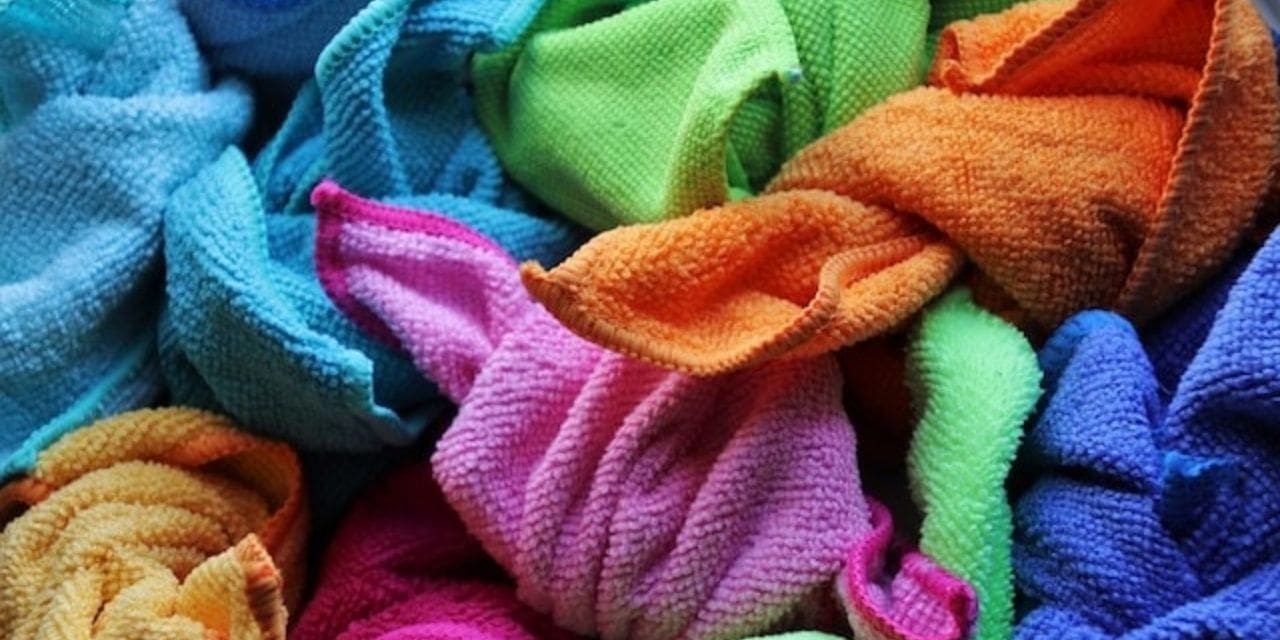Materials, including clothing, can shed small particles of manufactured or regular filaments high up and water. Researchers are worried about the impact of these microfibers on human and creature wellbeing since a portion of these materials can continue in the climate, and end up in the pecking order. To get a superior comprehension of how microfibers are created from cotton textures, North Carolina State University analysts concentrated on how treating textures with colors, conditioners and different synthetics impacts both the creation and debasement of cotton microfibers. The Abstract talked with Richard Venditti, Ellis-Signe Olsson Professor of Pulp and Paper Science and Technology at NC State, about a portion of the new work he and his teammates have done on cotton microfibers.
Venditti: Microfibers are little strands that fall off your garments. They can fall off when you’re really wearing your garments, and afterward they fall off your garments while you’re washing them in the clothes washer. In the dryer, quite a bit of it is gotten by the dryer build up screen, yet some of it really goes up high. From the clothes washer, these microfibers go into the water and they’re released to a waterway, septic framework or waste treatment plant. The waste treatment plant disposes of some of them, yet some of them are released into the climate. Some are cotton, polyester or different sorts of textures. The polyester microfibers are considered microplastics, which are a toxin of current concern. We truly don’t have the foggiest idea about the ecological effect of microplastics yet, however we see that they currently exist in quantifiable amounts in people, natural life, soil and plants. Individuals currently are attempting to comprehend the wellbeing impacts.

